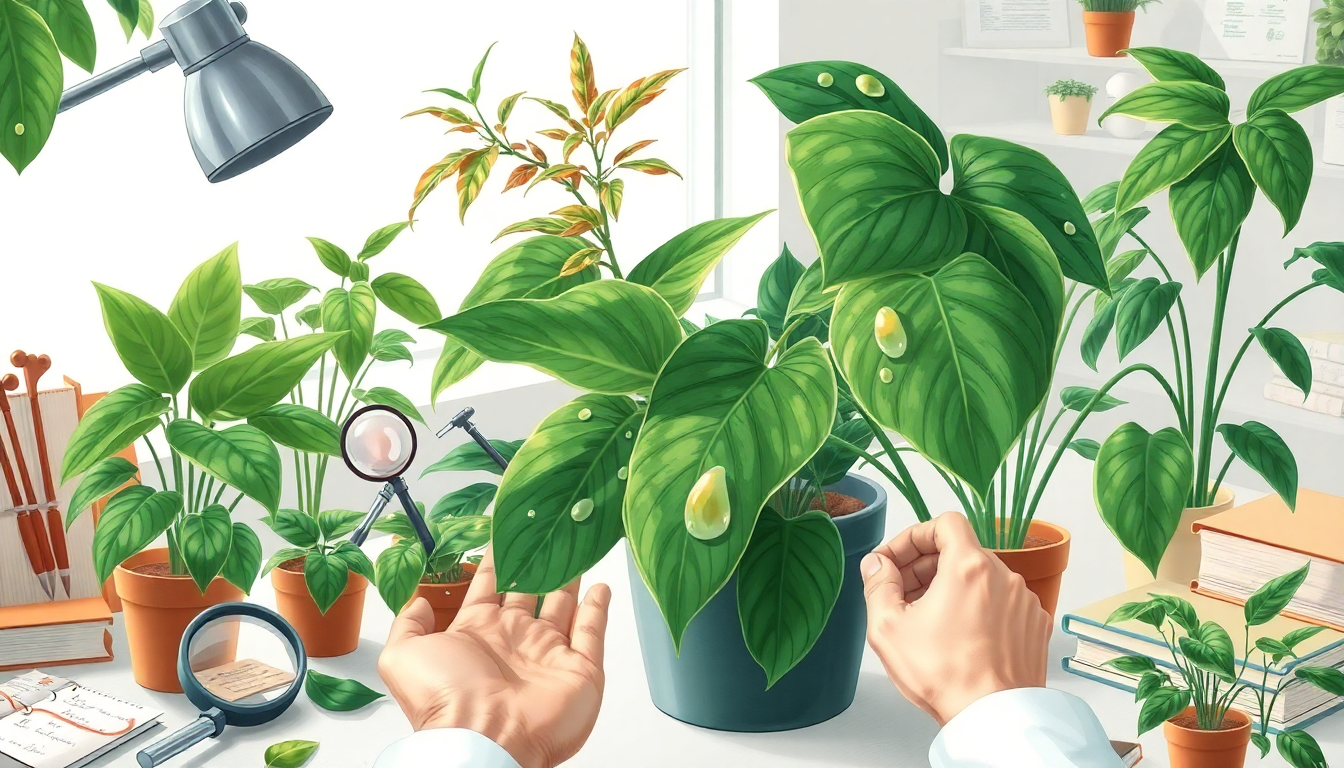If you're a plant enthusiast, you've probably encountered the frustrating issue of your beloved houseplants developing a sticky, shiny film on their leaves. This phenomenon can be a real head-scratcher, leaving you wondering what's causing it and how to address the problem. Fear not, fellow plant parent! In this comprehensive guide, we'll dive deep into the reasons behind sticky plant leaves and provide you with effective solutions to restore the health and beauty of your indoor greenery.
Understanding the Causes of Sticky Leaves
The sticky film on your houseplant leaves is often a telltale sign of a pest infestation or a plant disease. The most common culprits are:
Honeydew Secretion
Honeydew is a sticky, sugary substance produced by certain sap-sucking insects, such as aphids, scale insects, and mealybugs. These pests feed on the plant's nutrient-rich sap, and as a byproduct, they excrete this sticky substance onto the leaves.
Scale Insect Infestations
Scale insects are small, immobile pests that attach themselves to the plant's stems and leaves. They feed on the sap, leaving behind a shiny, sticky residue on the foliage.
Fungal Infections
In some cases, the sticky film on the leaves can be a result of a fungal infection, such as sooty mold. Sooty mold is a black, powdery fungus that grows on the honeydew secreted by sap-sucking insects.
Identifying the Culprit
The first step in addressing the sticky leaf issue is to identify the underlying cause. Carefully inspect your plant's leaves, stems, and soil for any signs of pests or disease. Look for the presence of small, crawling insects, egg sacs, or any other abnormalities.
If you're unsure about the cause, consider taking a sample of the affected leaves to a local nursery or plant expert for a proper diagnosis. This will help you determine the best course of action to treat the problem.
Treating Sticky Leaves
Once you've identified the root cause, it's time to take action. Here are some effective strategies to address the sticky leaf issue:
Removing Honeydew and Sooty Mold
If the sticky film is a result of honeydew secretion or sooty mold, you can try gently wiping the leaves with a damp cloth or a mild soap solution. Be sure to avoid using harsh chemicals or abrasive materials, as they can damage the plant's delicate foliage.
Controlling Sap-Sucking Pests
For infestations of aphids, scale insects, or mealybugs, you can try a variety of organic pest control methods, such as:
- Manually removing the pests by hand or with a soft-bristled brush
- Spraying the plant with a insecticidal soap or neem oil solution
- Introducing natural predators, like ladybugs or lacewings, to help control the pest population
Treating Fungal Infections
If the sticky leaves are a result of a fungal infection, such as sooty mold, you'll need to address the underlying cause. This may involve treating the plant with a fungicide or improving the plant's growing conditions to discourage the fungus from thriving.
Preventing Future Sticky Leaf Issues
To prevent sticky leaf problems in the future, consider the following preventative measures:
Maintain Proper Plant Care
Ensure that your houseplants are receiving the right amount of water, light, and nutrients. Healthy, well-cared-for plants are less susceptible to pest infestations and disease.
Monitor for Pests Regularly
Regularly inspect your plants for any signs of pests or disease, and address any issues promptly. This will help you catch problems early before they escalate.
Promote Beneficial Insects
Encourage the presence of natural predators, such as ladybugs and lacewings, in your indoor garden. These beneficial insects can help control sap-sucking pests and prevent future infestations.
Improve Air Circulation
Ensure that your houseplants have good air circulation to discourage the growth of fungal diseases and the buildup of honeydew.
By understanding the causes of sticky plant leaves and implementing the appropriate treatment and prevention strategies, you can keep your indoor greenery healthy, vibrant, and free from unsightly sticky residue. With a little bit of diligence and the right approach, you can enjoy the beauty of your houseplants for years to come.


0 comments